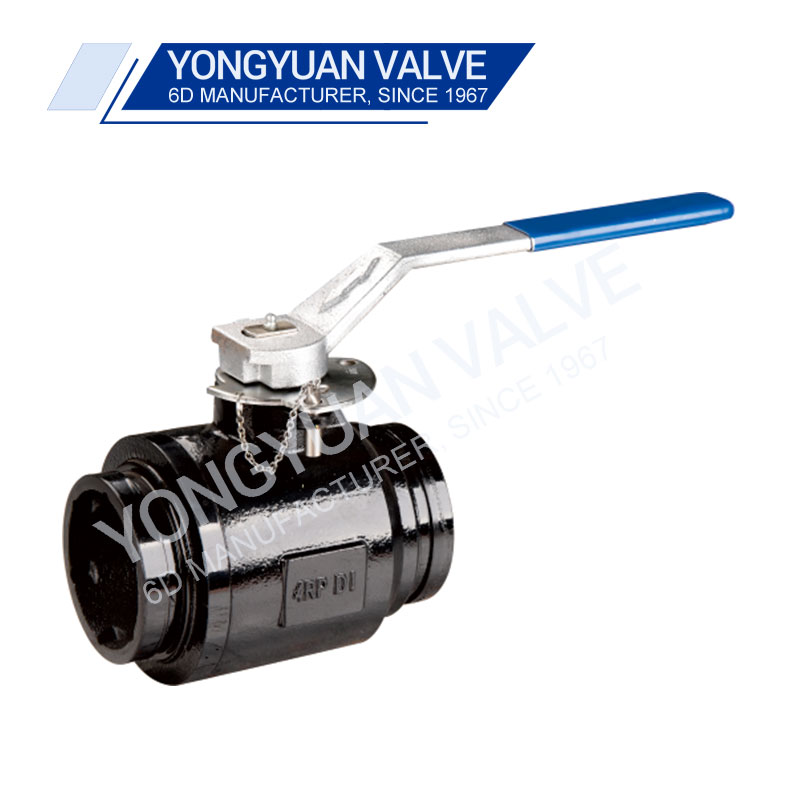How does a ball valve work
2023-10-27
A ball valve works by using a perforated ball (usually made of metal or plastic) to control the flow of fluid through a pipeline. The ball inside the valve has a hole (port) through its center. When the valve is in the open position, the hole in the ball aligns with the pipeline, allowing the fluid to flow. When the valve is closed, the ball is rotated 90 degrees, so the hole is perpendicular to the pipeline, blocking the flow of the fluid. Here's a step-by-step explanation of how a ball valve works:
1. Open Position:
- In the open position, the valve handle or actuator is turned or operated to align the hole in the ball with the flow direction of the pipeline.
- When the hole in the ball is in line with the pipeline, the fluid can pass through the valve, allowing it to flow without obstruction.
2. Closed Position:
- To close the valve, the handle or actuator is turned or operated 90 degrees, perpendicular to the pipeline.
- This rotation of the ball causes the hole in the ball to be perpendicular to the flow direction, effectively blocking the flow of fluid through the pipeline.
3. Sealing Mechanism:
- When the ball is in the closed position, it comes into contact with the valve seats, which are located on the interior of the valve body.
- The valve seats are typically made of elastomeric materials (such as rubber or Teflon) that provide a tight seal when compressed against the ball.
- The sealing mechanism prevents any leakage of the fluid, ensuring that the valve provides a positive shut-off when closed.
4. Quarter-Turn Operation:
- Ball valves are known for their quarter-turn operation, meaning they can be opened or closed with just a 90-degree rotation.
- This quick and simple operation is a key advantage of ball valves and makes them easy to use.
5. Flow Control and Regulation:
- While ball valves are primarily used as on/off valves to start or stop the flow of fluids, they are not typically used for fine control or flow regulation. When partially open, they can cause turbulence and inefficiency in the flow.
6. Leak-Tight Shut-Off:
- The design of ball valves, with their tight-sealing mechanism, ensures that they provide leak-tight shut-off when closed. This is particularly important in applications where fluid leakage must be minimized or prevented.
7. Material and Size Variability:
- Ball valves can be made from a variety of materials to suit different applications, and they come in various sizes to accommodate different pipe diameters.
8. Versatile Applications:
- Ball valves are versatile and are used in a wide range of industries, including oil and gas, water distribution, chemical processing, HVAC systems, and more, where on/off control of fluid flow is essential.
In summary, a ball valve operates by turning a perforated ball inside the valve body to control the flow of fluid. When the hole in the ball is aligned with the pipeline, the valve is open, allowing fluid to pass through. When the hole in the ball is perpendicular to the pipeline, the valve is closed, blocking the flow. The sealing mechanism ensures a tight and leak-free shut-off when the valve is closed.



